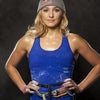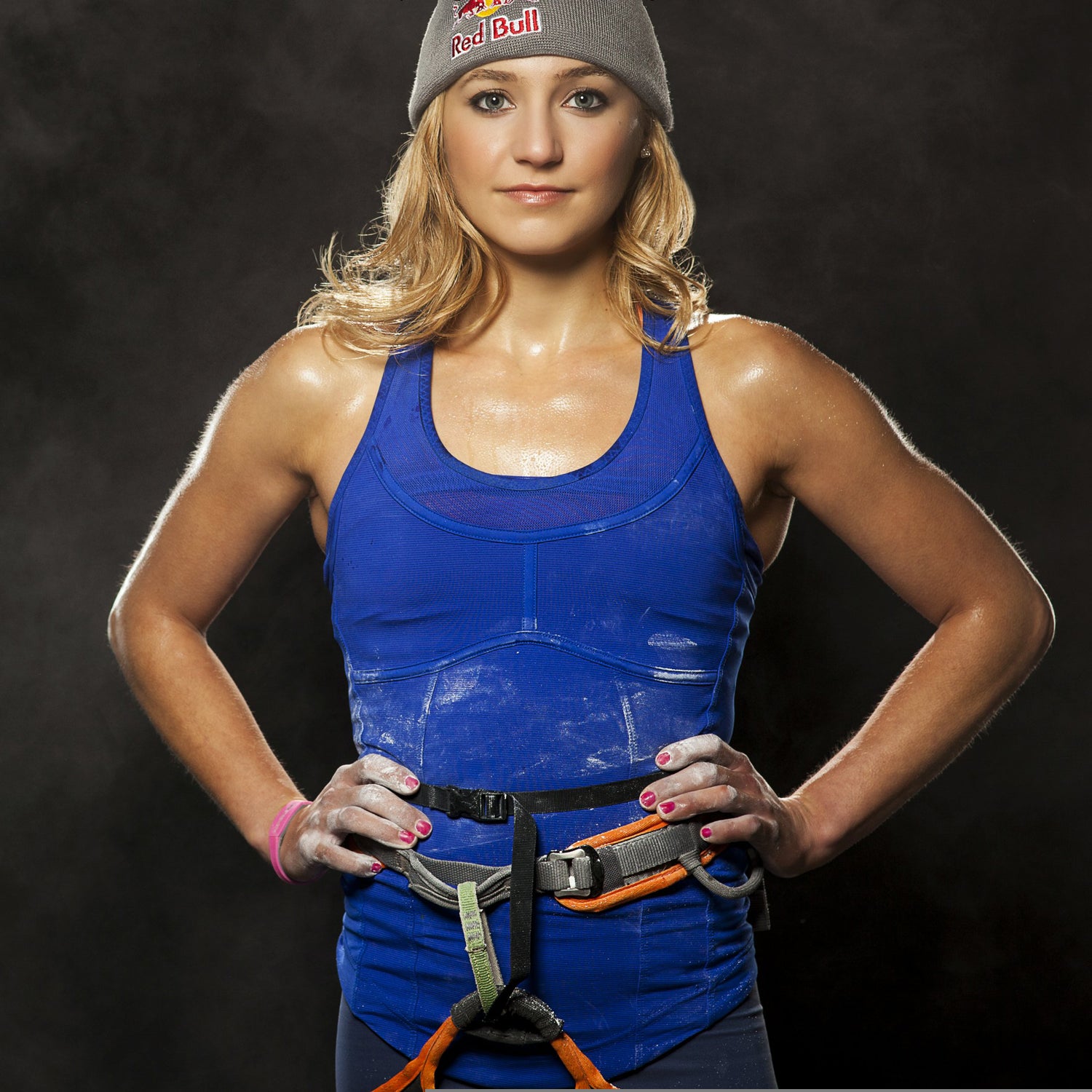I recently read an article on Racked titled “Want to Sell Me Sportswear? Show Me an Athlete,” and it resonated with me as a professional athlete. It made me ask: Why do big athletic companies, like Nike, Adidas, and Reebok, often choose high-fashion models to pose as female athletes, rather than draw from the ranks of the numerous professional athletes they sponsor?
Here are just a few recent examples of this happening: Bella Hadid is the face of a new Nike campaign for the Cortez sneakers, originally designed for runners in 1972; Karlie Kloss models Adidas’ fashionable performance line, Stella McCartney; and Gigi Hadid plays a boxer for Reebok’s “Perfect Never” campaign. These images of female “athletes” suggest that it is more important that women look stereotypically feminine and lean than be able to perform at an elite level. This doesn't happen nearly as often with men: sports brands seldom use male models as the faces of their fitness lines, instead opting for professional male athletes.
I find it insulting when major brands choose fashion models instead of real athletes. That tells me they value a certain look and body type over my own skill and the fact that I actually use their performance clothing to perform. Even on a simple marketing level, choosing athletes makes sense to me. Period. Brands need to maintain loyalty to their products and their consumers. Part of the way athletic-wear companies should do this is by marketing their gear on the athletes who actually use it—it’s that simple.
So why are female athletes passed over in favor of models?
Well, for one, they have massive social followings that help sell product. Gigi Hadid’s Instagram game (34.9 million followers) is more than three times greater than professional boxer Ronda Rousey’s (9.7). I understand the lure of those numbers. I also understand that celebrity endorsements do not always parallel one’s actual profession. It’s common to see actors or musicians promoting skin care lines, perfumes, cars, and so on. Athletes will often promote items tangential to their sports, too: I have been part of campaigns that have nothing to do with rock climbing, including working with a tire company. (They wanted to exemplify grit and grip.)
But I believe outdoor brands—especially mainstream ones like Nike and Adidas, which have the broadest reach—have a responsibility to remain authentic. These athletic-wear brands are selling apparel, accessories, and shoes for performance, and they should show the people who have worked every day to perform in that sport at their peak skill level.
If these brands don’t remain true to that base, they risk alienating people, especially women, from participating in the outdoor world. When we sell sportswear with models, we’re celebrating one body type and failing to depict what strength actually looks like in that sport. When I see a performance brand advertising an athlete, I want to see what those athletes actually look like—muscle intonations, powerful thighs, ripped biceps, and all.
Some brands are getting it right. Under Armour's marketing campaign featuring Misty Copeland and Lindsey Vonn is incredibly powerful. Even Adidas has done a good job showcasing professional female climbers wearing its Outdoor line. We need more of this.
Brand advertising should reflect a balanced, realistic view of female athletes—from grace and beauty to physical strength, endurance, and power. With this imagery, we can encourage, inspire, and rethink what “fit” looks like. If the marketing campaigns fail to recognize the power of the image of the authentic female athlete, we threaten the empowerment sport can bring.
High-fashion polish is wrong for the outdoor industry. We need to show the grit, unconventional strength, and diverse body types required by the sports we love.


